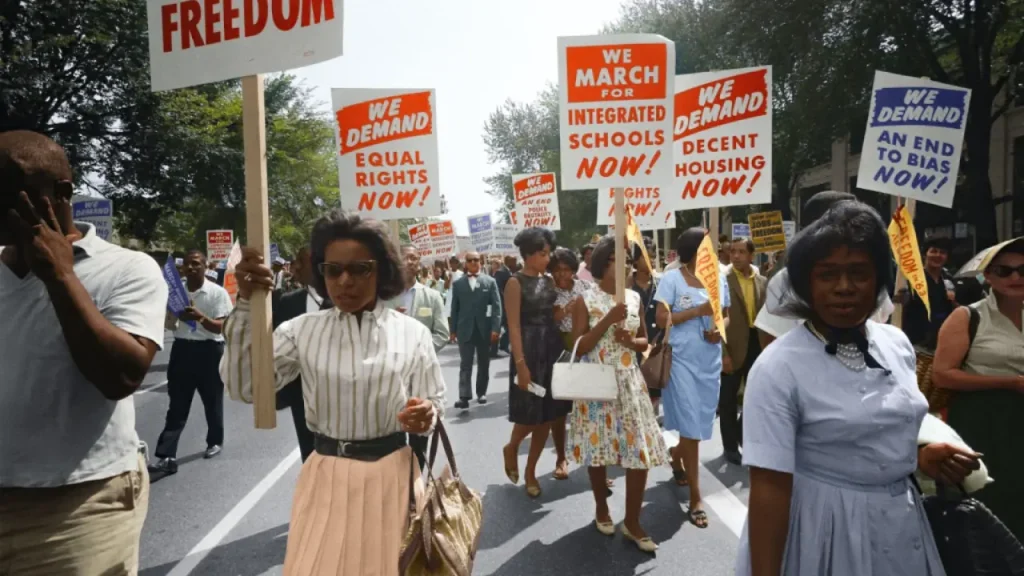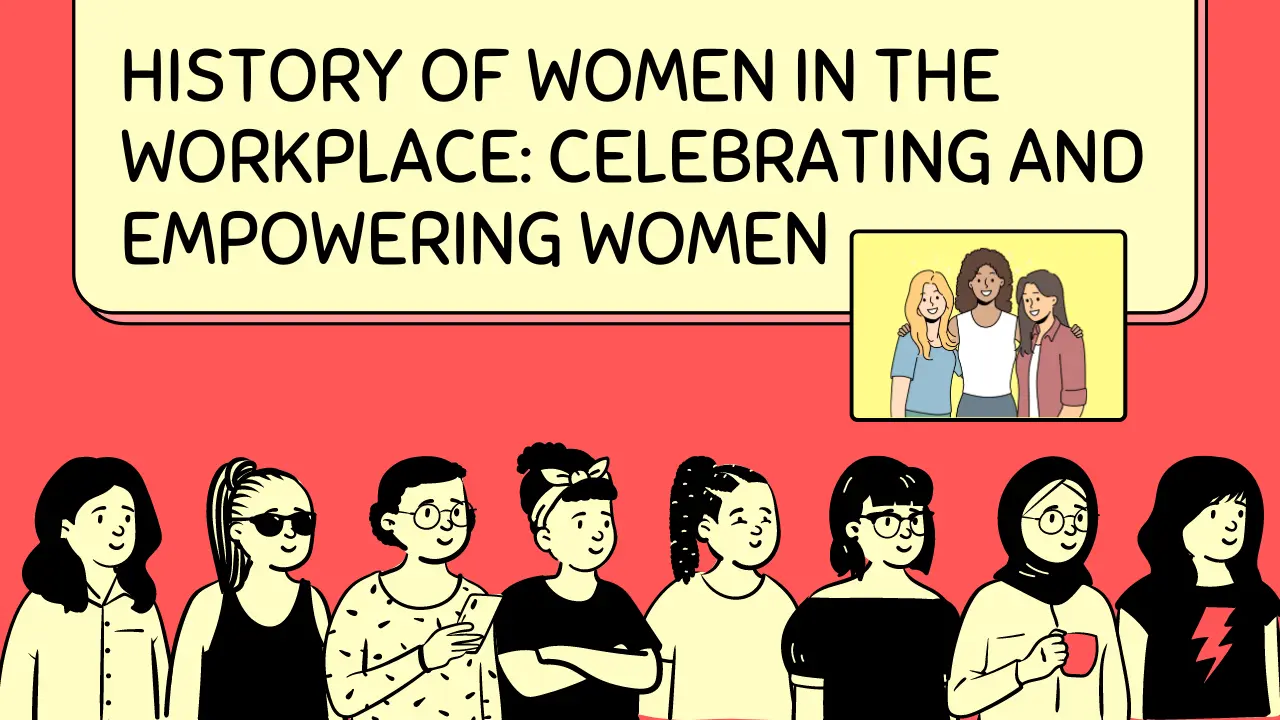Long and complicated, spanning decades of struggle and advancement, is the history of women in the workplace. Whether they were employed as farmers, artisans, or factory workers, women have always been an important part of the labour. However, women did not start to express themselves in the contemporary workforce until the late 19th and early 20th centuries.
Women in the workplace history:
There is a long history of women in the workplace. During the late 19th and early 20th centuries, the early feminist movement primarily aimed to advance women’s rights to an education and the vote. Many companies still saw women as inferior to males and unfit for particular jobs, keeping them primarily out of the workforce. But as a result of World War I, there was a fresh need for labour, and women were required to replace the labour shortages left by the males who had left to fight.
The position of women in the workplace underwent a substantial change throughout the war years. Factory employment, office work, nursing, and other formerly male-only occupations were all taken over by women. Many employers were compelled to acknowledge their value after they demonstrated that they were just as skilled as men in these positions.
This fresh found authority, nevertheless, was transitory. Men went back to work after the war, and it was believed that they would resume their traditional roles as spouses and mothers. At that time, women at work were independent and they had freedom to work in multiple sectors but women didn’t start making substantial inroads in the workplace again until the 1960s and 1970s.
Equal pay and opportunity for women in the workplace were the main goals of the second wave of feminism. The Equal Pay Act of 1963 and the Civil Rights Act of 1964 both made it easier for women to pursue careers in historically male-dominated industries like law, medicine, and business.
In 1980s, the third wave of feminism emerged and it mainly focus on concerns like reproductive rights and sexual harassment in the workplace. As more and more women take up leadership roles in industry, politics, and academics, women have made major advancements in the workplace. That was the first time when they demanded gender equality in the workplace.
With a focus on concerns like reproductive rights and sexual harassment in the workplace, the third wave of feminism emerged in the 1980s. As more and more women take up leadership roles in industry, politics, and academics, women have made major advancements in the workplace.
Women now account for about half of the women in the workplace in the United States, and they are making great achievements toward removing barriers and shattered glass ceilings. To ensure that women are actually treated equally in the workplace, there is still more work to be done. We must all keep fighting for women’s rights because they are still subjected to harassment, discrimination, and unfair pay.

Gender Equality in the Workplace:
In many places, women still play an important role in their communities, mostly through agricultural work. Only 20% of women labour in paid non-agricultural jobs in Southern Asia, Western Asia, and Africa. By 2008, 41% of women were employed for pay in industries other than agriculture globally.
The growth of international travel and the emergence of a sizable migrant population of women in the workplace where domestic workers looking for work outside of their home countries caused the most major change in women’s paid employment worldwide throughout the 20th century. Female domestic workers are largely imported from the Philippines. Prior to the 1990s, men made up the majority of Filipinos employed abroad, but by 2012, it was thought that 63% of Filipinos employed abroad were women.
Participation of women at work sector:

Due to the concentration of men and women in particular vocations, women and men frequently participate in economic sectors in radically different proportions. Women in the workplace have the historical pairing of various occupations with particular genders. The gender distribution in various occupations can be influenced by a wide range of other economic, social, and cultural factors, including those that are specific to a region or nation.
The International Labour Organization claims that because of dangerous public transportation, women’s participation in the workplace force decreases by 16.5% in developing countries.
Women in the workplace leadership:
In a number of national and European-wide networks, female decision-makers are gathered from around Europe. The networks want to increase the number of women in the workplace and leadership roles in the political and economic spheres across Europe. The “service clubs” established in the early years of the century, such as Soroptimist and Zontas, are frequently substantially different from the networks established in the 1980s.
The documentary “Women in Management” is about women in the workplace working in traditionally male-dominated fields. The majority of the networks discuss their drive, ideas, and leadership philosophies as well as their capacity to assume positions of leadership.
In both houses of the European Parliament as of 2009, women in the workplace made up 20.9% of the total or 18.4% of all parliaments worldwide.
In the U.S. Congress as of 2009, there were 90 women in the workplace: 73 women in the House and 18 women in the Senate. Women in the workplace make up roughly 3% of executive positions.
In the private sector, men continue to make up 90% of board members in European blue-chip companies. The gap is greatest at the very top: only 3% of these businesses have a woman in charge of the highest decision-making body. Women in the workplace account for just 5.5% of CEO positions in the US.
Conclusion:
Long and complicated, spanning decades of struggle and advancement, is the history of women in the workplace. Women have long been important members of the workforce, and our society has benefited greatly from their contributions. It is up to us all to recognize and support women, as well as to keep up the struggle for equality in the workplace and elsewhere.



